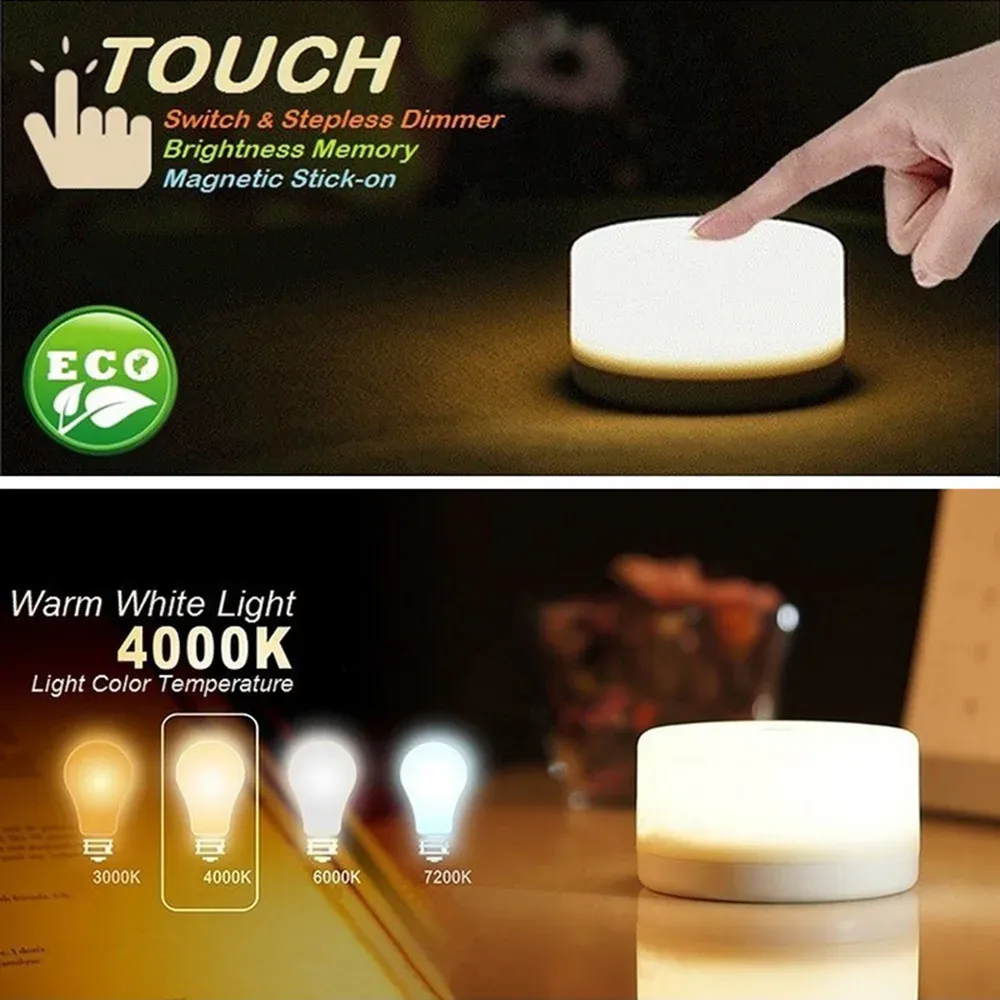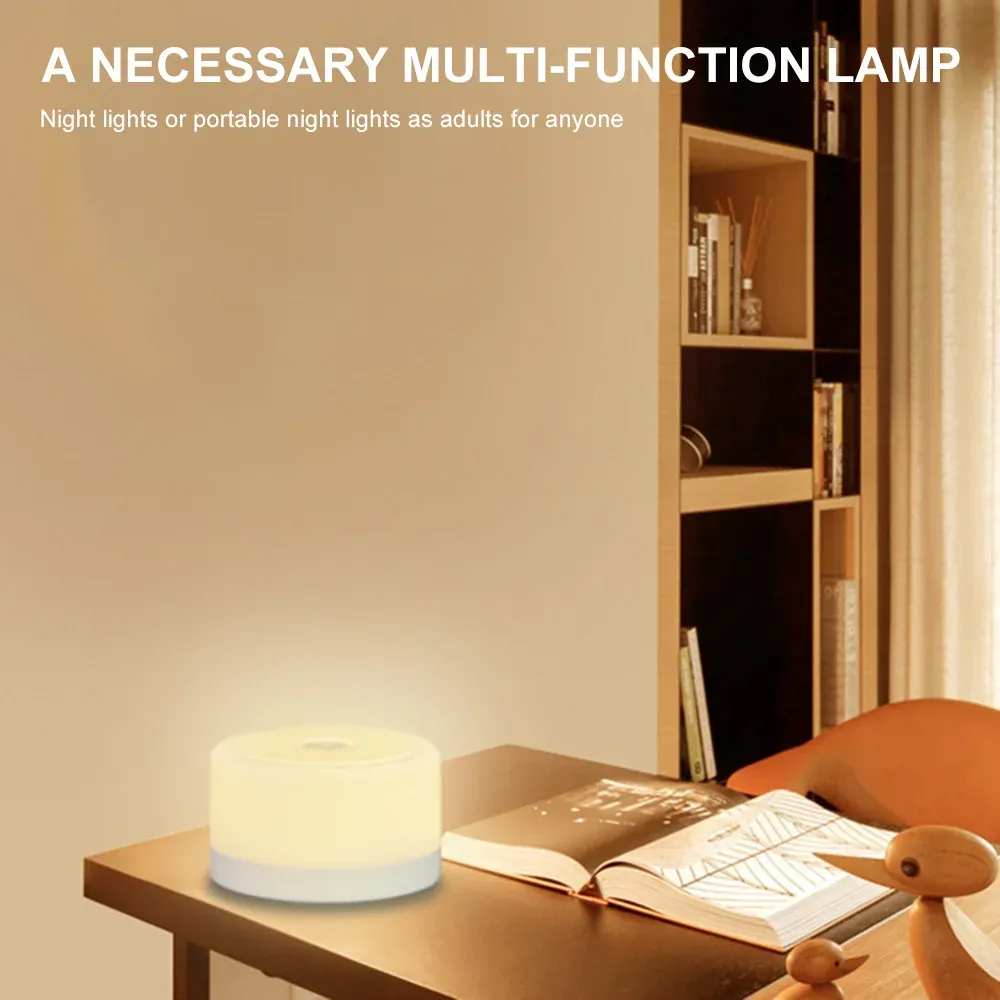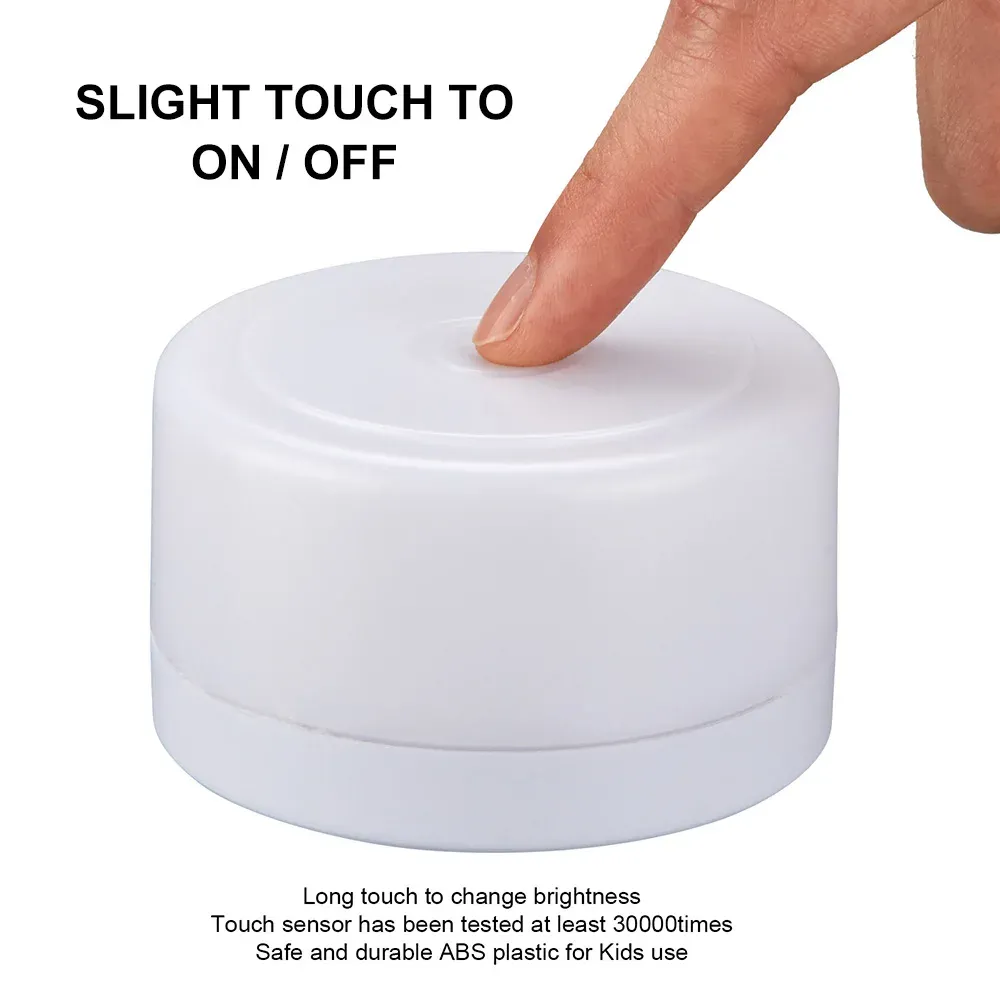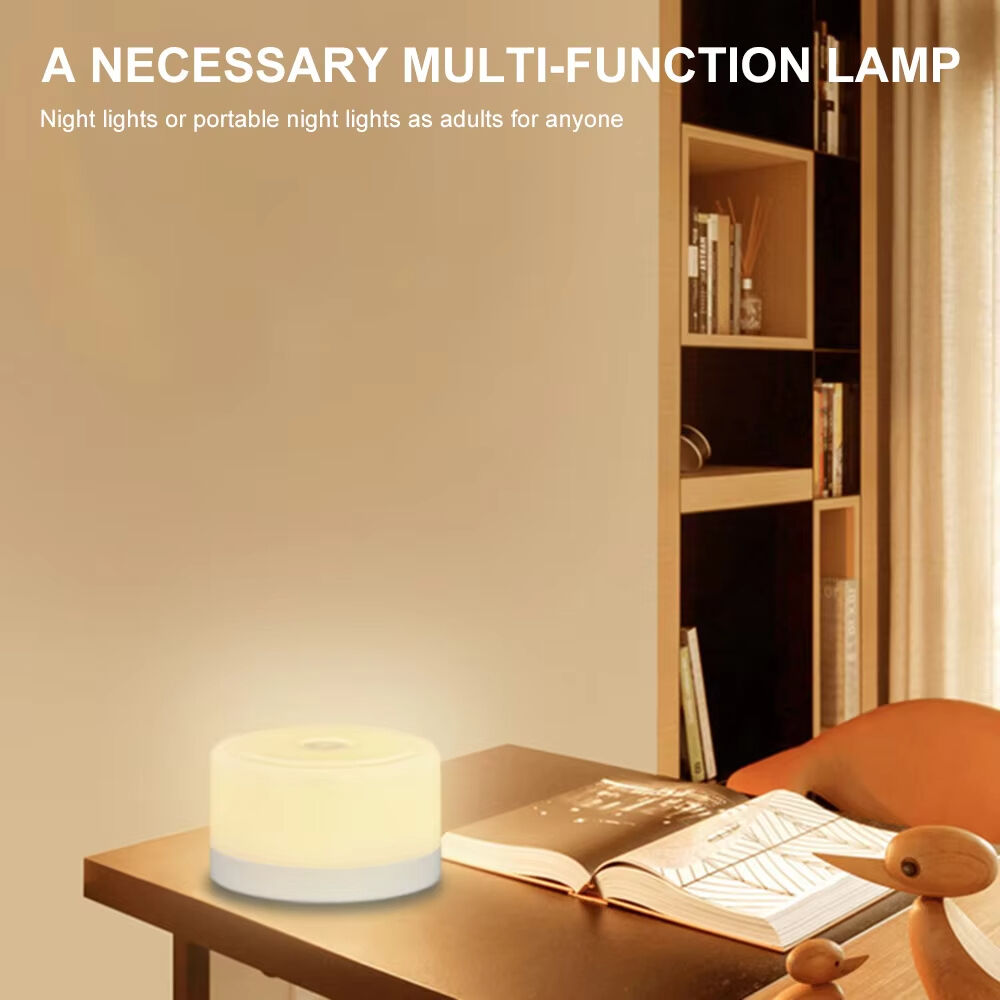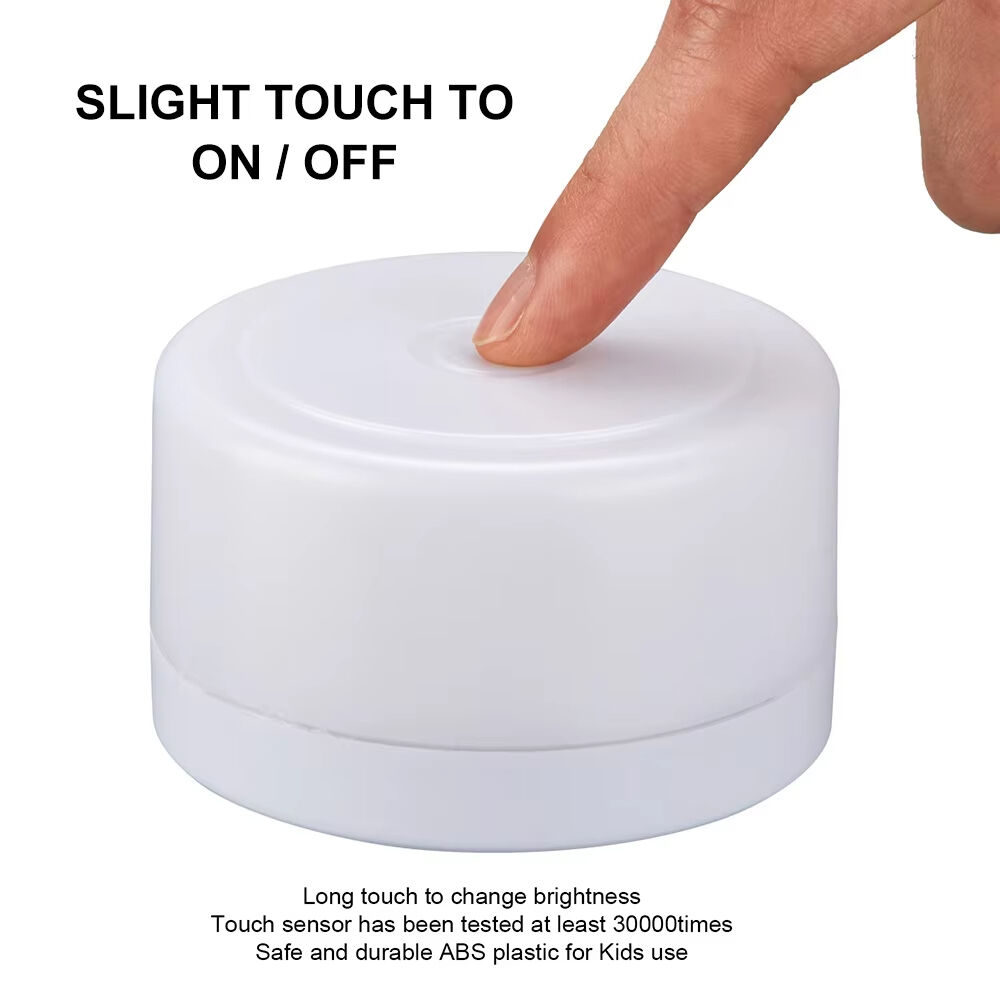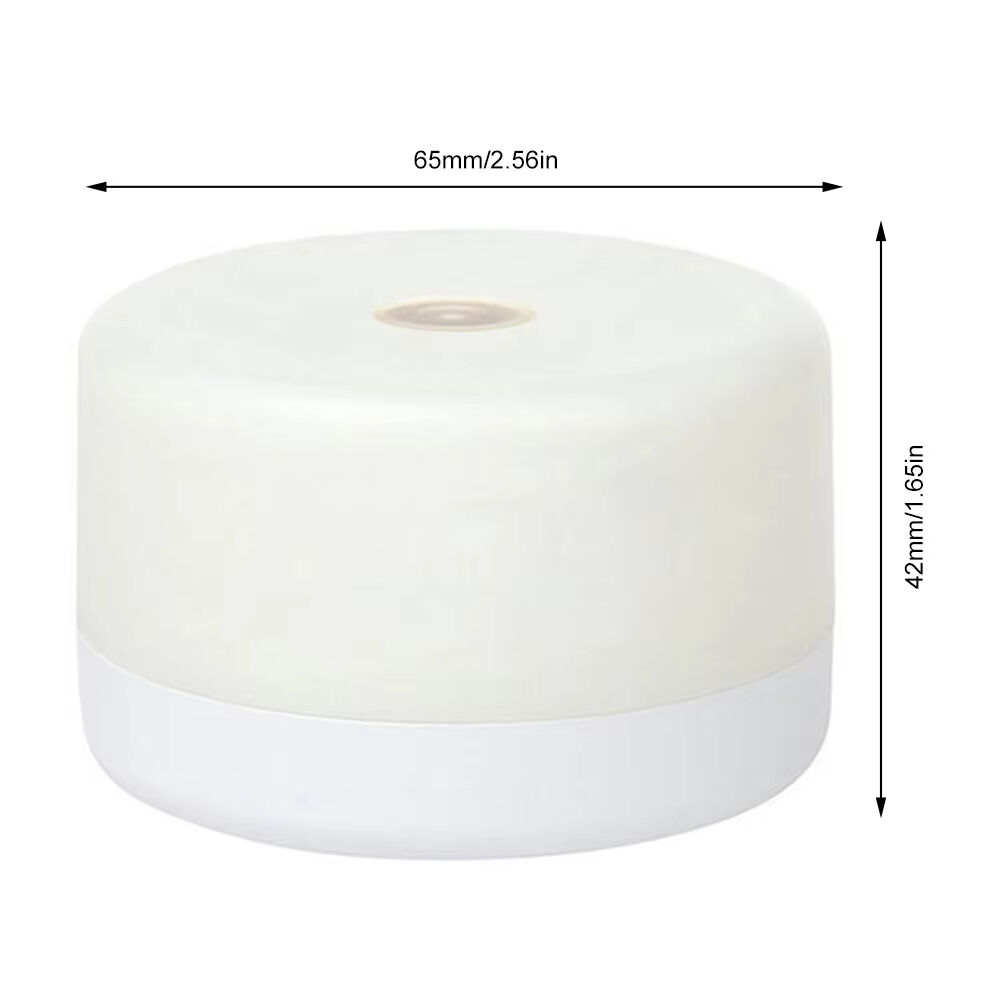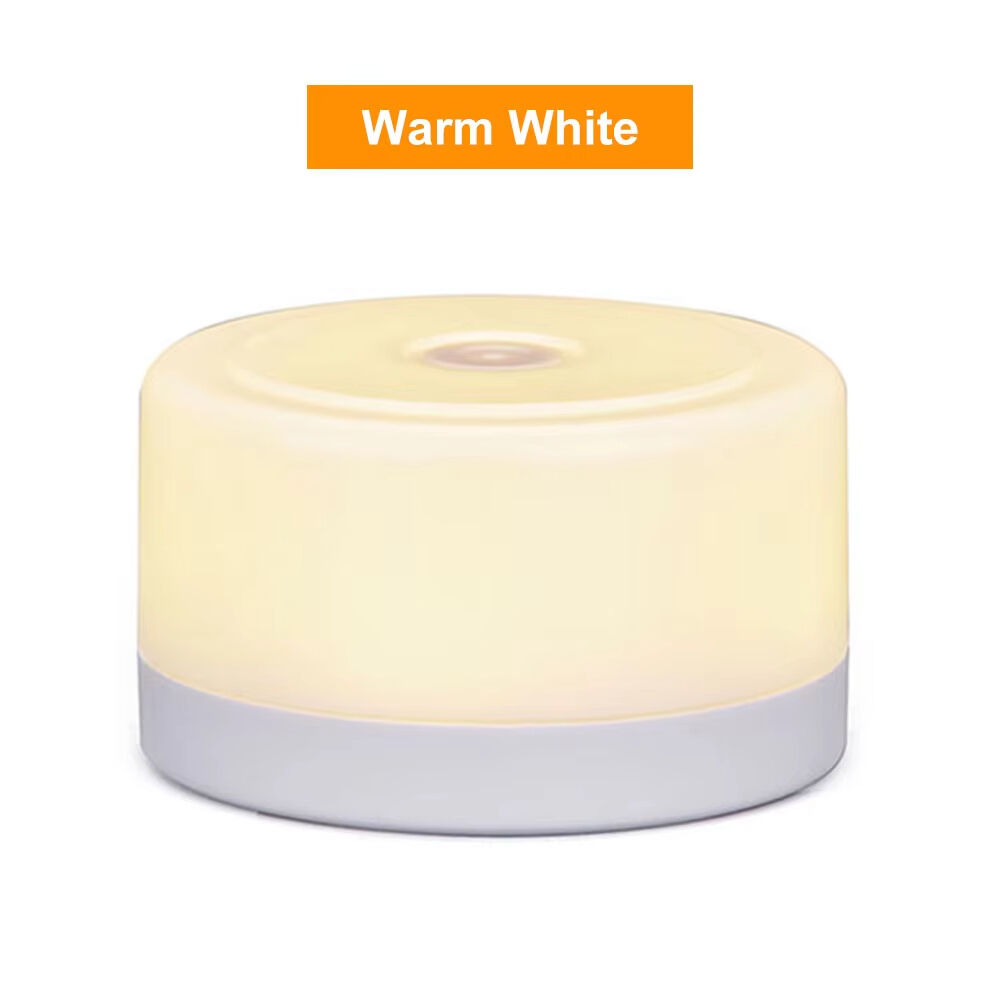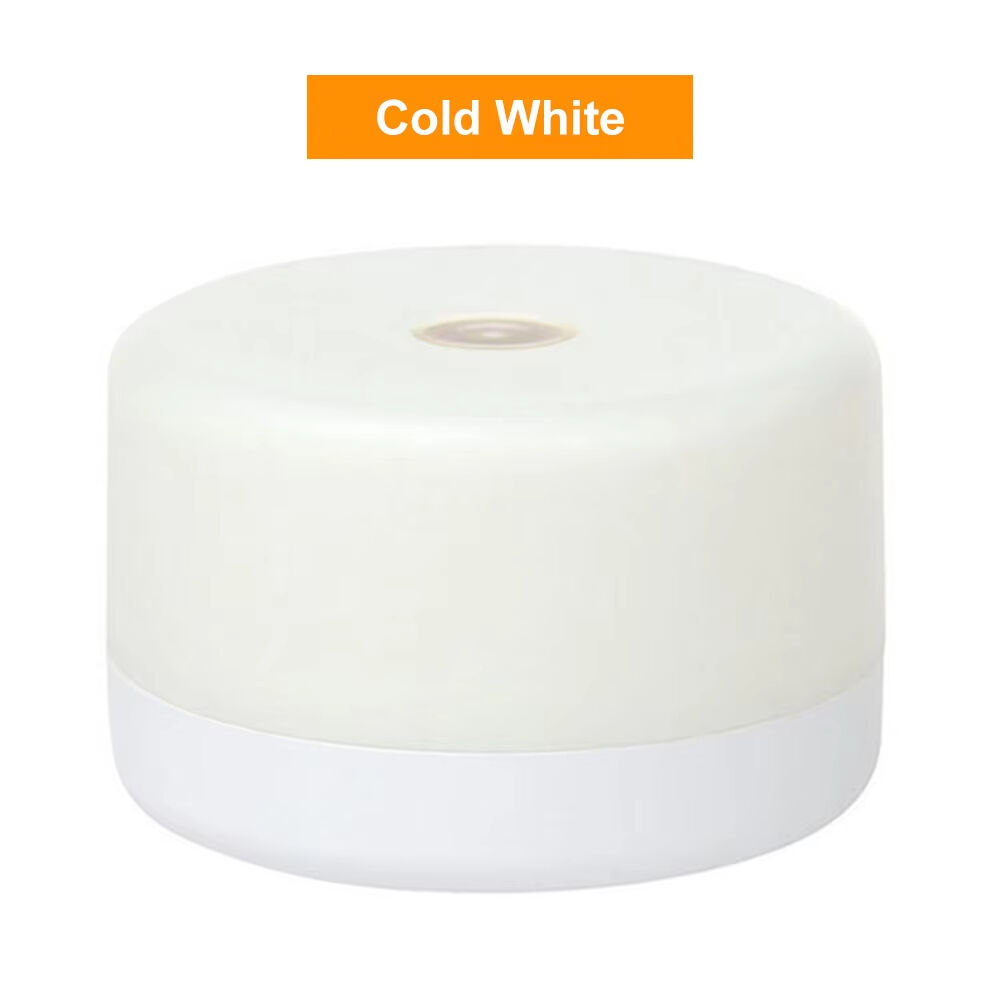Lampa de noapte cu senzor tactil LED Încărcare USB Lampă portabilă cu autonomie lungă Lampa pentru bebeluși în camera de alăptare Reîncărcabilă Mini lampa de noptieră pentru copii
- Prezentare generală
- Produse conexe
Caracteristici:
1: O lumină multifuncțională indispensabilă: o lumină de noapte pentru toată lumea. Potrivită pentru mamele care alăptează, cum ar fi luminile pentru nou-născuți sau bebeluși, luminile pentru hrănirea bebelușilor, luminile pentru pătuțuri, lămpile pentru schimbat, luminile pentru îngrijirea bebelușilor, luminile de noapte pentru sugari. Pentru copii, fiind o lumină de noapte pentru copii îi ajută să se simtă în siguranță și să adoarmă ușor. Pentru vârstnici, lampa de birou de lângă pat este sigură. Pentru oricine, ca o lumină de noapte pentru adulți sau lumină de noapte portabilă.
2: Lumină puternică cu control tactil: control prin atingere; Reîncărcabilă; Dimming personalizat wireless fără trepte; Memorie pentru luminozitatea anterioară; O lumină albă caldă confortabilă de 4000K ajută la îmbunătățirea somnului; Protecție oculară fără flicker, LED-uri economisitoare de energie anti-albastru; Abajur mat, lumină moale; Carcasa robustă este fabricată din plastic PC ABS sigur; Mică, se poate pune în buzunar; Compactă, economisește spațiu pe noptieră; Ușoară, ușor de utilizat sau ca lumină de noapte de călătorie. Potrivită pentru iluminatul aproape oriunde.
3: Ușor de utilizat, lampă cu atingere: O simplă atingere scurtă pe lampa de noapte cu LED poate porni sau opri alimentarea, iar o apăsare lungă poate aprinde sau stinge lumina. Poți ajusta infinit orice intensitate pentru a se potrivi nevoilor tale și va reține intensitatea, iar data viitoare când aprinzi această lampă, intensitatea va fi aceeași fără a fi nevoie să o reglezi din nou de fiecare dată.
4: Design atent: operare inteligentă cu un singur clic. Forma cilindrică plată face ca această lampă pentru copii să fie mai stabilă și mai puțin predispusă la răsturnare sau cădere. Concavitatea circulară de pe partea de sus conturează poziția și raza senzorului de atingere și este ușor de găsit sau simțit în întuneric. Prin ascunderea portului USB în partea de jos, oferă o iluminare wireless mai sigură ca lampă de îngrijire pentru copii, vârstnici sau mame obosite, evitând supraîncărcarea pentru a proteja durata de viață a bateriei și evitând scurgerile de lumină, praful sau stropii, făcând această lampă pentru copii simplă.
5: Întotdeauna gata să se încarce lumina de noapte: Baterie încorporată astfel încât să nu fie nevoie să folosești o priză. Cablu USB universal inclus. În funcție de utilizare, încărcarea luminii pentru câteva ore până la câteva luni este de aproximativ 1,5 ore. Nu trebuie să-ți faci griji cu privire la cablurile slăbite; Nu este nevoie să înlocuiești bateria; Fără costuri suplimentare; Cabluri fără dezordine; Este mai sigur pentru copii sau adulți să atingă în comparație cu luminile de noapte cu priză.
Specificații:
Numele produsului: Lumină de noapte LED, lumină de încărcare cu atingere fără electrozi, lumină pentru bebeluși
Material: ABS
Dimensiune: așa cum este arătat în imagine
Voltaj: 5V
Putere: 1.5W
Forma: Rotunda
Lumen: 60LM
Tip de comutator: tip tactil
Sursă de lumină: 5LED
Culoare a luminii: alb pozitiv, alb cald
Unghi de iluminare: 180
Baterie: Baterie litiu încorporată
Viață: Viață: 20000 de ore
Temperatura de culoare: 3000K-10000K
Sursă de alimentare: alimentare de încărcare DC5V
Lista de empachetare:
1x lumină de dimming fără electrozi cu atingere
1x Specificație
1x cablu de încărcare USB
Notă:
Datorită măsurătorilor manuale, te rugăm să accepți o eroare de 1-3 cm.



